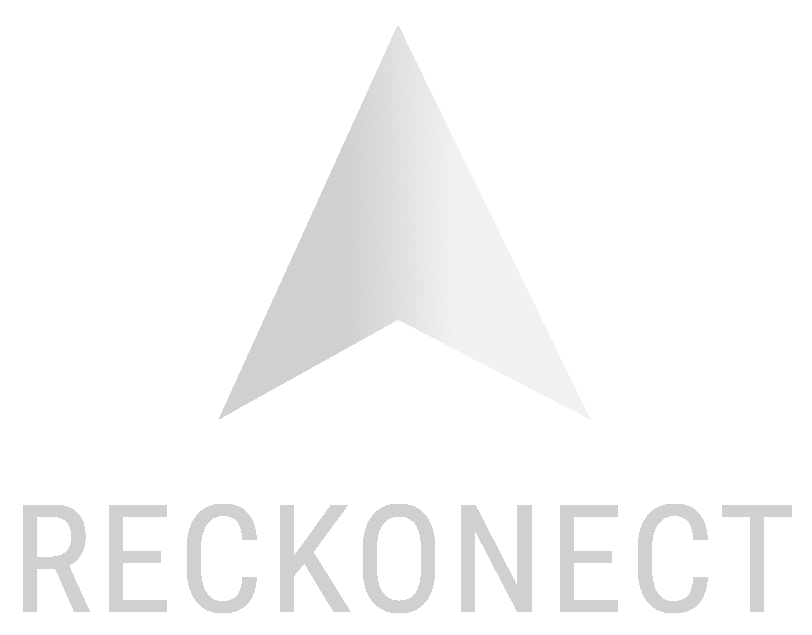Introduction
Our knowledge on various molecular mechanisms is becoming increasingly more structured and accessible. Novel tools for curation and exploration are needed in order to foster this knowledge.
The MINERVA platform (for Molecular Interaction NEtwoRk VisuAlization) was developed to visualize, explore analyze and manage molecular networks encoded in multiple system biological formats (CellDesigner, SBML, SBGN and GPML).
The networks generated by the platform are accessible as a standalone webservice to all viewers.
History Of MINERVA
For the last decade a great deal of structured biomedical data appeared in online repositories. Even though it became an essential tool to decipher novel mechanism of actions, the rapidly growing size and complexity of these systems created challenges that needed to be tackled. MINERVA was developed in order to answer these challenges.
MINERVA was created in 2016, by the Schneider group of university of Luxembourg. The platform main goal is to integrate functionalities of pathway databases and user-centric content into a web-based interface. The platform will provide visualization of molecular interaction networks repositories (1).
MINERVA uses Java technology on the server side and OpenLayers/Google Maps API in order to visualize the content. The molecular interaction networks are encoded as process diagrams in SBGN and CellDesigner formats.
MINERVA Interface & Functionalities
MINERVA is designed to give easy access to the needed repositories; and also provides comprehensive visualization and exploration of complex content; in order to grasp high-level associations down to single mechanisms details. Moreover it provides detailed content curation and extraction (with automatic annotation and verification) (2).
MINERVA relies on multiple external data sources in order to build its molecular networks: ChEMBL, CTDbase, DrugBank, miTarBase and OpenTargets. Also, automatic annotation is based on the following annotators: BioCompendium, HGNC, ChEBI, Ensembl, Entrez, Uniprot and Gene Ontology. Users can upload data files to the platform and an automatic map will be generated (included a semantic zoom). This map is interactive, for both interactions and elements and the content is searchable. For example, the user could search for drug interactions (Figure 1a) and get displayed search results from DrugBank and ChEMBL. Once the data is revealed, the user can select the content of interest and export it into a compatible format (Figure 1b).

a. Main interface displaying drug search targets. Fetched informations are displayd on the left panel while targets of queried drugs are shown on the display area as markers. b. Export of the selected content.The selected portion of the diagram can be exported as a model (either CellDesigner or SBGN formats) c. Display of experimental data from publicly avaiable or user-provided datasets.
Finally, the user can integrate its own datasets or publicly available datasets that will be incorporated on top of the displayed content. The experimental data will generate a custom overlay by highlighting elements with an indicated intensity and color, therefore visualization of multiple ‘omics’ data types is possible.



